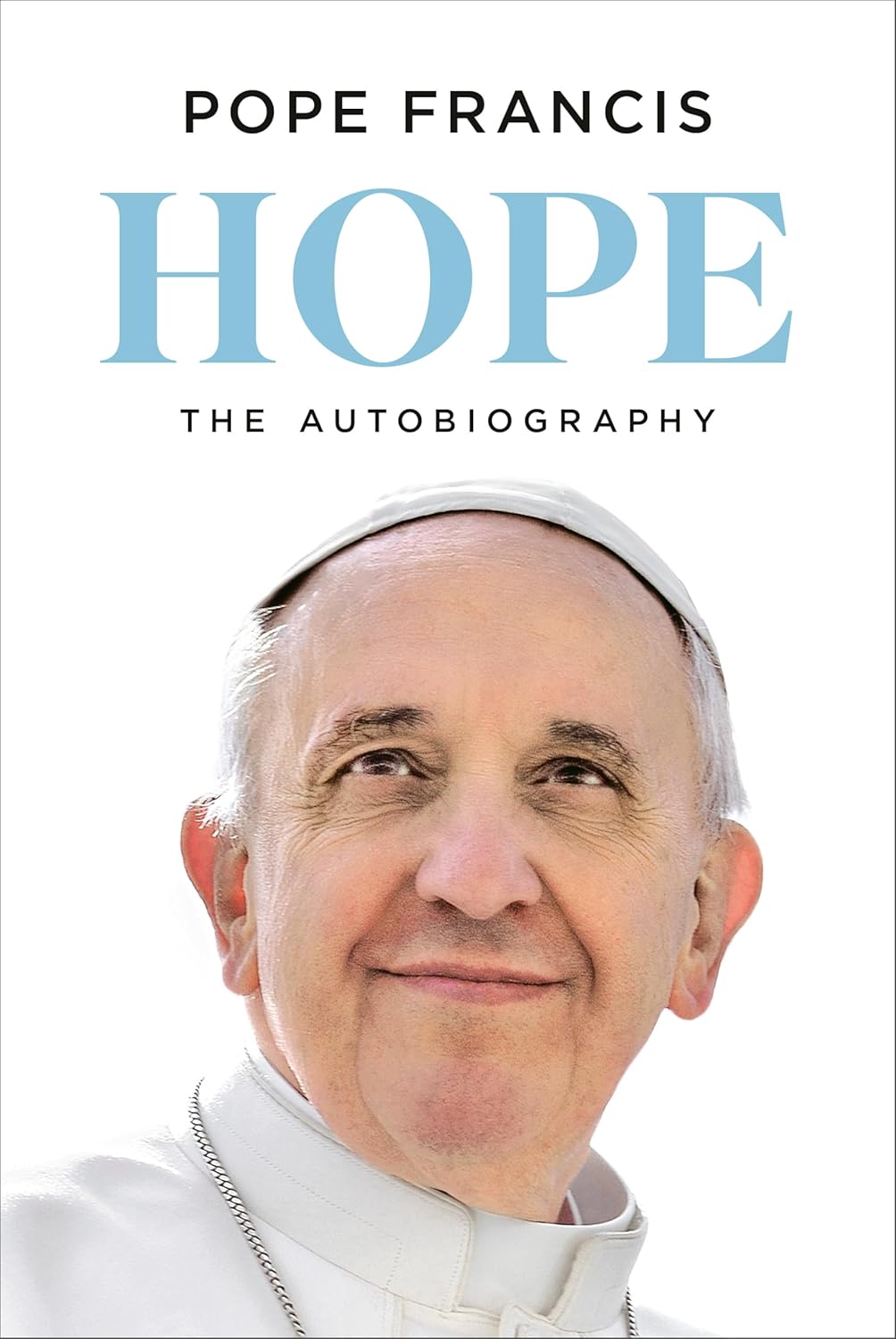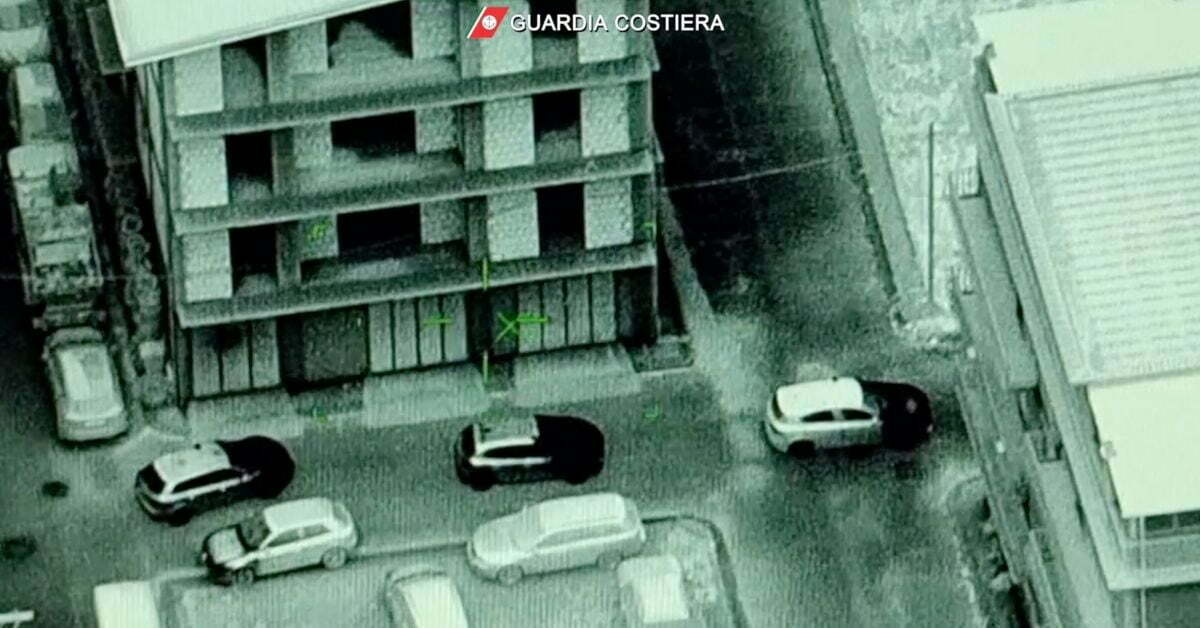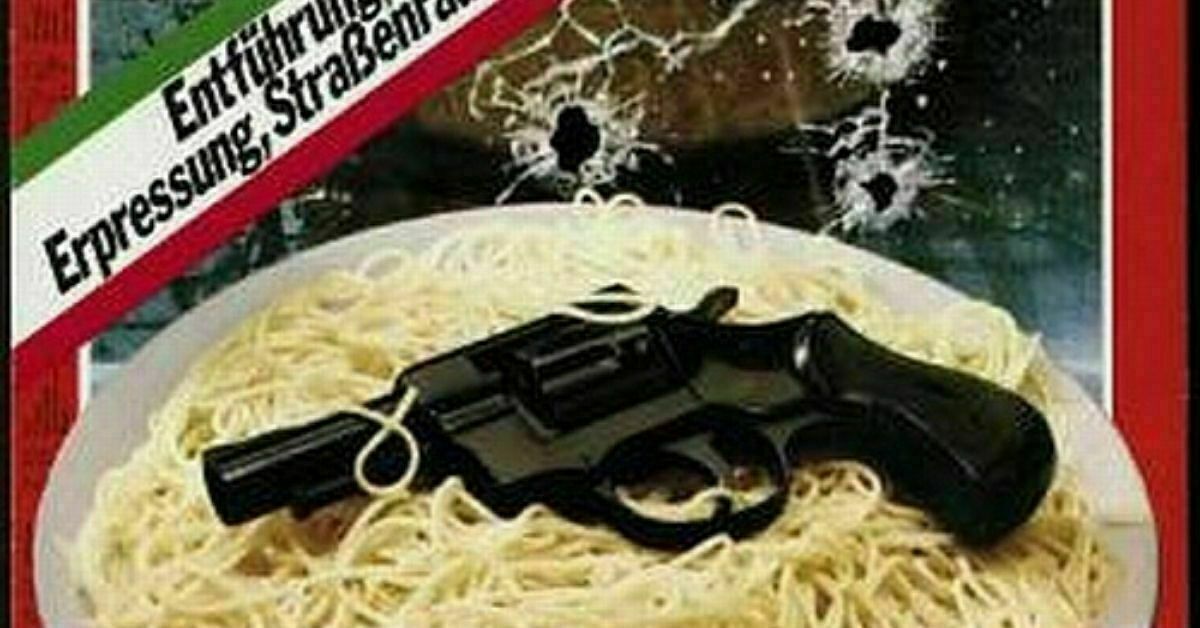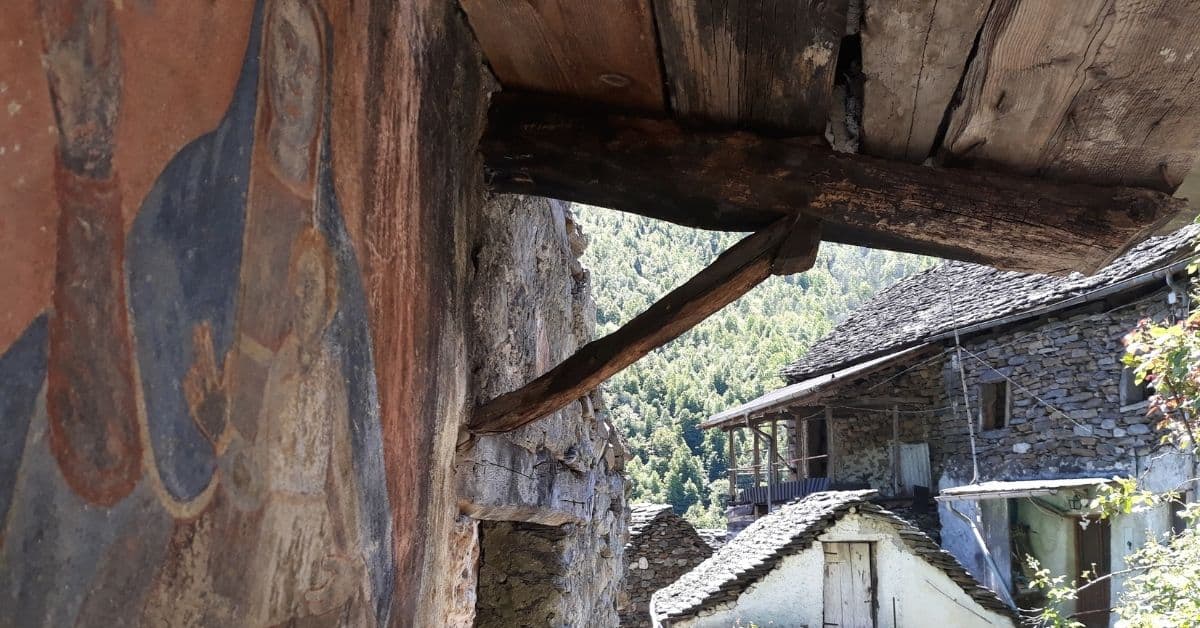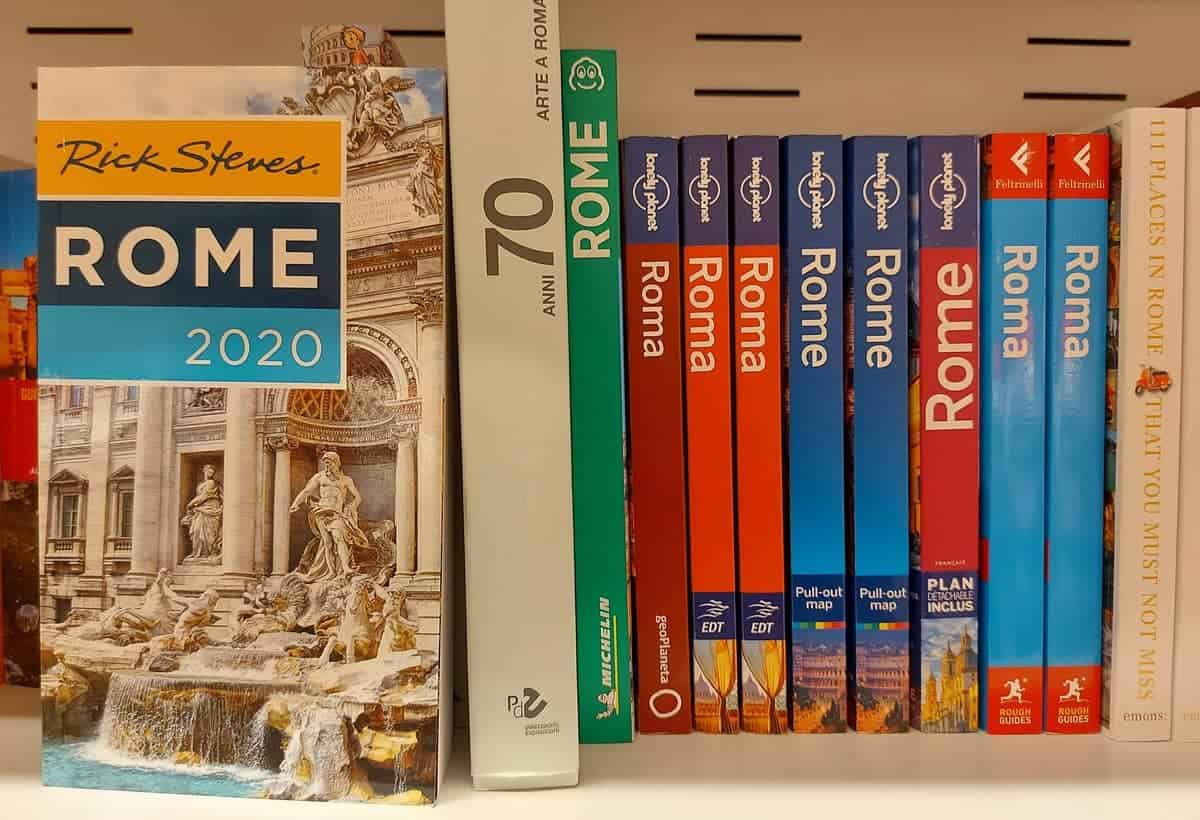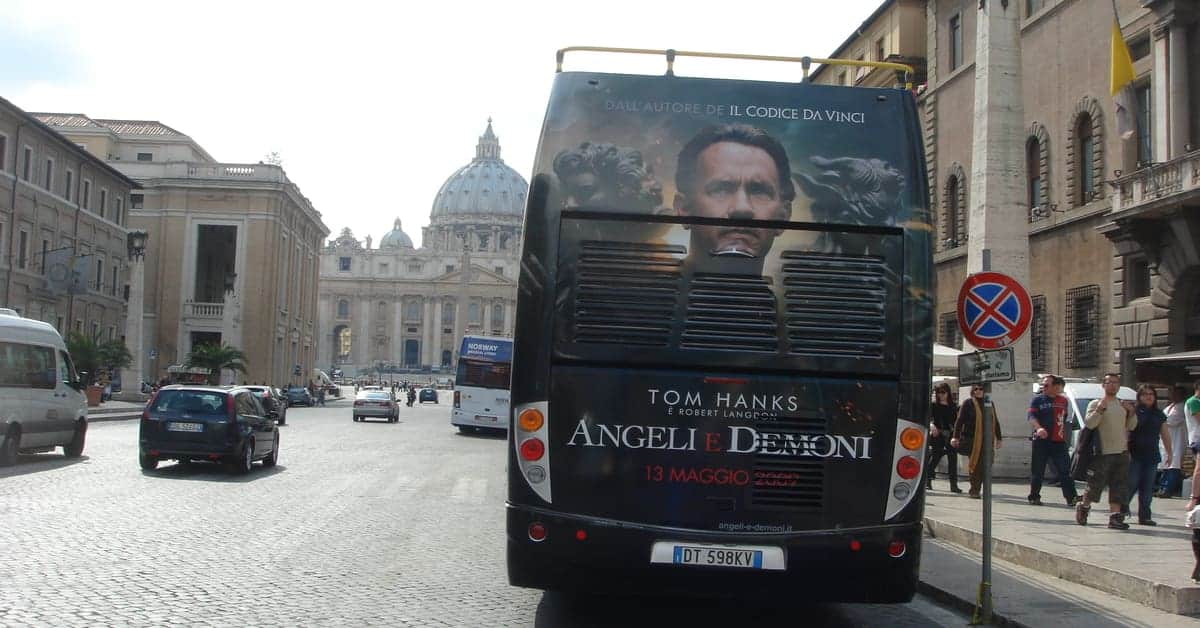The mother of all mafias comes from Italy. It is not a primacy we are proud of, but we cannot deny that the mafia, a Sicilian word, originated in Sicily, Italy. The word now stands worldwide for an organised criminal organisation. A few characteristics that distinguish the mafia however from other criminal organisations are for example the use of extreme violence, the code of silence (omertà) and initiation rituals and foundation myths.
Power of the Italian mafia
As the Sicilian mafia were not enough, Italy has at least two other indigenous criminal organisations that are world-famous. One is the Camorra, based in and around Naples. The other is considered to be the world’s most feared mafia: the ‘Ndrangheta, based in Calabria (Southern Italy).
The power of the 3 mafia’s is immense. A professor in the Economic Analysis of Crime (Bocconi University) has estimated that their annual income is equivalent to 15% to 20% of the entire gross domestic product of Italy, a G7 country. I don’t think they pay tax on it…
Much has been written and many films are made about the mafia(’s). Much of such fiction does not do justice to reality, sometimes even romanticising it. We have four Italian mafia books in the English language which we gladly recommend.
Hope: The Autobiography
By Pope Francis
New York Times bestseller
First autobiography by a Pope
A vivid memory…
Get offer at Amazon.comRELATED: Read also what the best mafia films are.
The 4 Best Italian mafia books
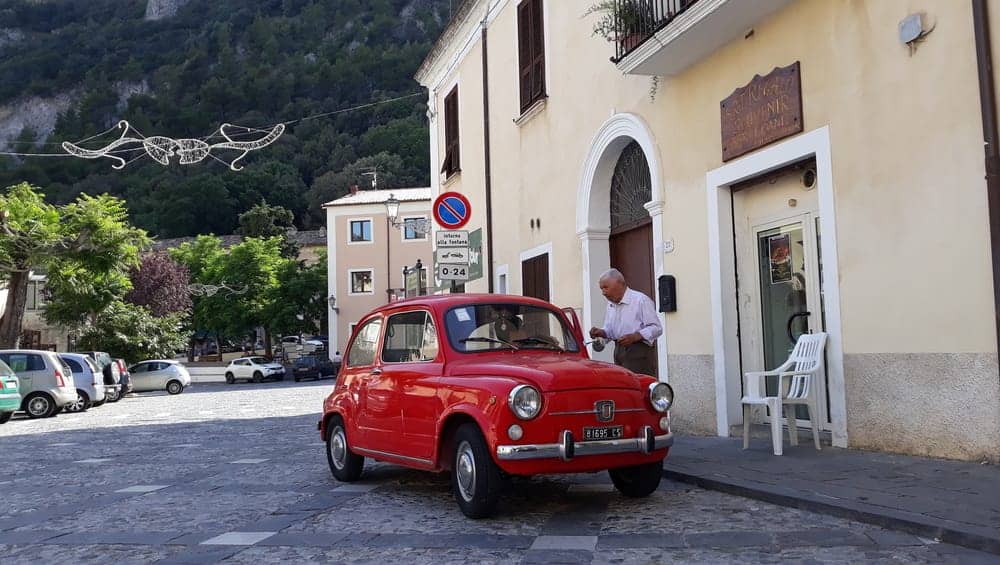
1. John Dickie, Mafia Republic (2013)
John Dickie is the world’s leading mafia expert. ‘Mafia Republic’ is the best for those who want to understand the three Italian mafias. Dickie, who is a Italian professor at the University College London, is not a reclused scholar, but a dynamic man who also goes out for research as I experienced when I interviewed him once in Rome.
Let us take this standard work as our guide.
Cosa Nostra, Camorra and the ‘Ndrangheta have a history dating back to the creation of the Italian state in 1861. ‘Mafia Republic’ begins with a tour of the various mafia strongholds in the post-war years, in which Italian institutions are created or reactivated out of nothing after the fall of fascism. Out of the disaster of the Second World War, the mafias became the big ‘companies’ they are today.
The growth of the Mafia (not only the Italian one) goes often hand in hand with the construction industry, as Dickie writes:
In the 1950s and 1960s, the Mafia rebuilt the capital, Palermo, in its own staggering image and likeness in a possessed wave of construction speculation called the plunder of Palermo.
Cosa Nostra
In Sicily, the mafia is also called Cosa nostra. This is actually based on an almost amusing misunderstanding and comes from the time when the Sicilians also had a foothold in North America .
In 1962, Joe Valachi, a simple clan soldier, talked to the FBI about the Mafia as seen from his humble and relatively marginal position in the organisation. Valachi, who spoke no Italian, had heard other members of the ‘fraternity’ talk about Cosa Nostra -our cause. He took this description as the official name of the mafia. The FBI did the same and when Valachi’s statements were made public in 1963, American mafiosi also adopted the term. It was not until 1984 that the world would learn that the Sicilian mafia had also begun to bear this name.
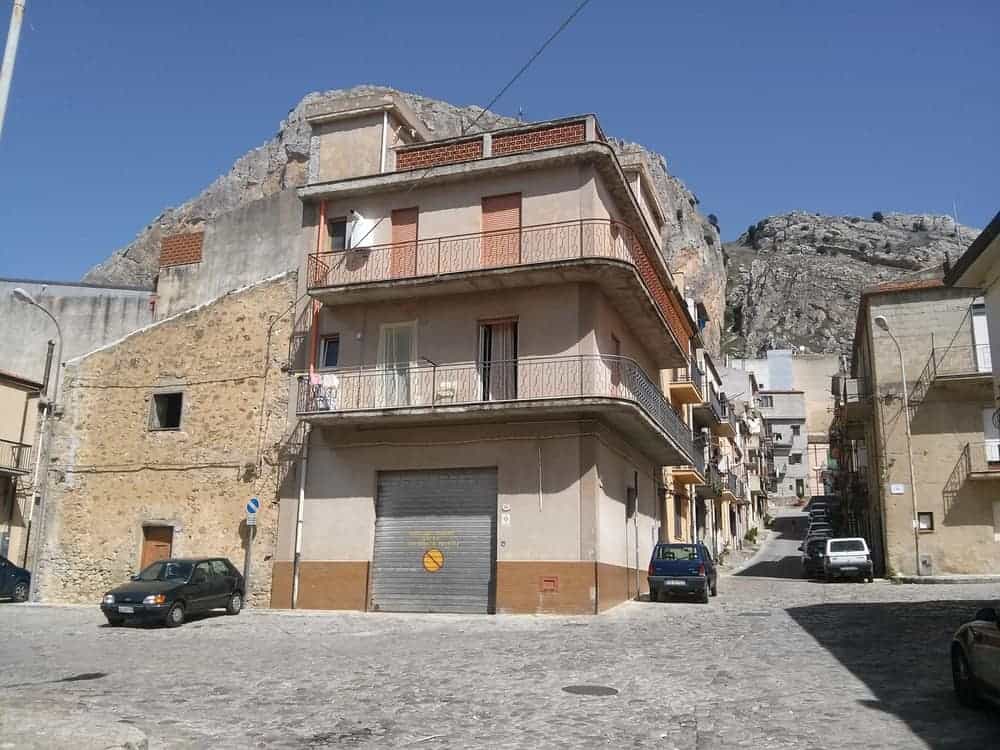
In those years (the 80s), Cosa Nostra was dominated by the Corleone clan. Corleone is not a family name as you might think due to the most famous mafioso on screen: Michael Corleone (Al Pacino). That Corleone comes out of the clever hat of the makers of ‘The Godfather’. The name derives in fact from Corleone, a small town 50 km from Palermo. The rise and (partial) fall of the Corleonesi took place in 13 years:
Sicily’s longest decade (1979-1992) began with five spectacular murders within nine months of excellent corpses (cadaveri eccellenti) as they were called: a journalist, a politician, a financial lawyer, a policeman and a judge. The smiling Mafia murderers had eliminated five pillars of Italian society.
But before the government accepted the challenge in 1979, at least 1,000 more victims had to be killed. When in 1992 the successful investigating judges Falcone and Borsellino were murdered, the army was sent in and the mafia was seriously fought. In no time, Toto Riina, the Cosa Nostra boss, was put behind bars. In 2006, so did his successor Bernardo Provenzano. Since then, Cosa Nostra seems considerably be tamed.
Killings are the exception
The lesson is that when the government acts with a firm hand, organised crime retreats. The killing of lawyers and magistrates may have an immediate ‘positive’ effect, but in the long run it only makes criminal business harder. A killing, whether inside or outside the scene, is negative publicity. Mafia killings are the exception. Nowadays, little blood is shed. But of course, the Mafia still exists.
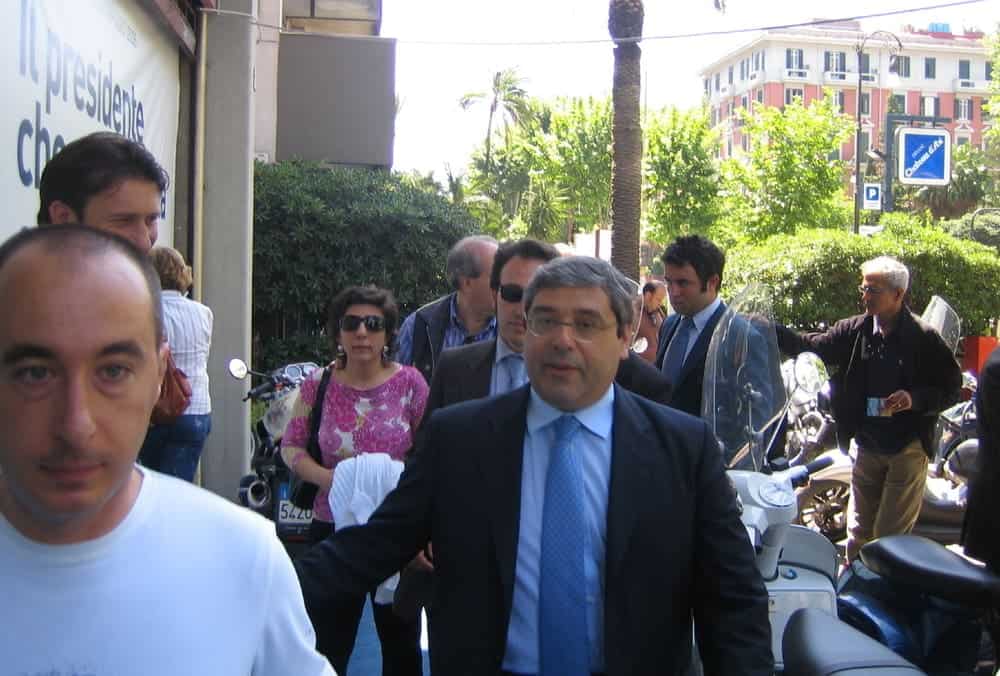
The murder rate is well below the European average. In 1991, more than 1900 murders were committed, in 2016, only 397. Of these, only 55 deaths were attributable to organised crime (the rest mainly to ‘ordinary’ crime, riots and family dramas). Not that the criminal organisations no longer exist, but the government has taken away their monopoly on violence.
The Mafia professor also writes about the Camorra from Naples. It has a different structure and is a bit more conspicuous.
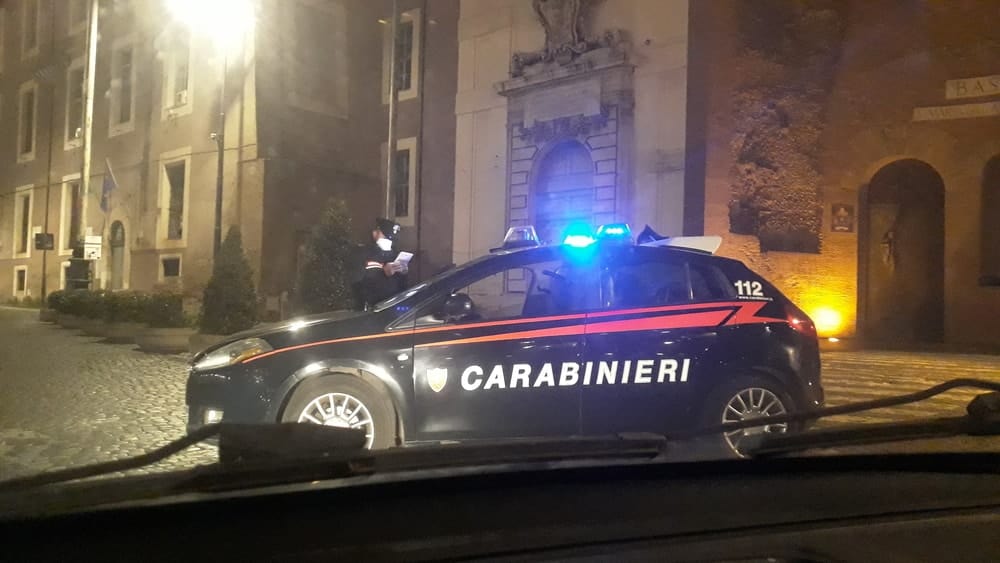
The cammoristi often turn the spotlight on themselves. They have not uncommonly the habit being rather ostentatious, which has been reflected in films about them. Take the Giuliano family clan. They were an important group in Forcella, the casbah of Naples, in the 80s and 90s of the last century. There are plenty of photographs that testify to their splendour. The most famous photo shows two sons of the family:
Radiantly, they are leaning back in the most extravagant bathtub in the history of sanitary facilities: it has the shape of a gigantic shell, the top half of which is half open so that you can see the inside covered with gold leaf. The rim of the tub is black stone, the base pink marble with the pattern of stone-washed jeans. But the most striking thing about the photo is that between the two brothers is a muscular, small man in grey and red training trousers grinning even wider than they are: Diego Maradona.
The rise of the so called new Comorra was also related to the construction sector. The turning point was 1980, when a violent earthquake hit the Naples area (3,000 dead, 300,000 homeless). After this earthquake, the Camorra took over the practices of the Mafia: it started robbing the building industry, merging it with the political class. A large part of the reconstruction money went to the mafia.
Why should you read Mafia Republic by John Dickie?
‘Mafia Republic’ gives the best overview of not only the Cosa Nostra (the ‘first’ mafia), but also of the two other major Italian crime organisations, the ‘Ndrangheta and the Camorra. Moreover, it is written in a pleasant, typically British practical style with an occasional tongue-in-cheek. Dickie is a professor at the University College London.
2. Salvatore Lupo, History of the Mafia (1996)
Dickie has based part of his work on perhaps the most authoritative (but less smoothly written) book on the Cosa Nostra by Lupo. This standard work has fortunately been translated into English. At home I have the ninth edition from 1997, which is quite some time ago. The Italian lire was at that time still the Italian currency (the book cost 22,000 lire)! The book is exclusively about Cosa Nostra, but it also delves deeply into the link between Sicily and the United States, and the birth of the mafia in the new continent.
Between 1901 and 1914 alone, more than 800,000 Sicilians arrived in the United States. While Sicily arrived in America through its men, in every small town in Sicily America presented itself with the face of the ’emigration agent’, the broker par excellence who paid for steamship tickets and provided work across the sea. Initially, going to America means disappearing, so much so that, according to one testimony, the expression ‘to send to America’ ironically means ‘to kill someone’.
Why should you read History of the Mafia by Salvatore Lupo?
‘History of the Mafia’ is the standard work on the history of the Mafia (in Sicily), the mother of all mafias. It also does a good job of making the links between Sicilian and North American organised crime. Salvatore Lupo is full professor of contemporary history at the University of Palermo, and one of the most quoted scholars of the Mafia.
3. Roberto Saviano, Gomorrah (2006)
In the spring of 2006 what began as a reporter’s investigation of Neapolitian organized crime made international news headlines. Saviano, the vigilant journalist, compiled the most thorough account to date the camorra, the Neapolitan mafia. Now he is possibly Italy’s best-known writer. In this book he recalls seeing his first murder at the age of fourteen. Unforgettable and utterly compelling, Gomorrah is a nightmnare journey into a world of devastating brutality
The Camorra is looser, less centrally organised, but on the other hand (also because it lacks a central direction) more violent and ostentatious than the other two mafias.
The economic power of the Camorra System lies exactly in the continual turnover of leaders and criminal choices. One man’s dictatorship is always brief. If the power of a boss were long-lasting he would raise prices, create a monopoly, making rigid markets, and keep investing in the same sectors rather than exploring new ones.
Cement is southern Italy’s crude oil. Cement gives birth to everything. Every economic empire that arises in the south passed through the construction business: bids, contracts, quarries, cement, components, bricks, scaffolding, workers
Cement is the simplest way to make money, as fast as possible, to earn trust, hire people in time for an election, pay out salaries, accumulate investment capital and stamp your face on the facades othe the buildings you put up.
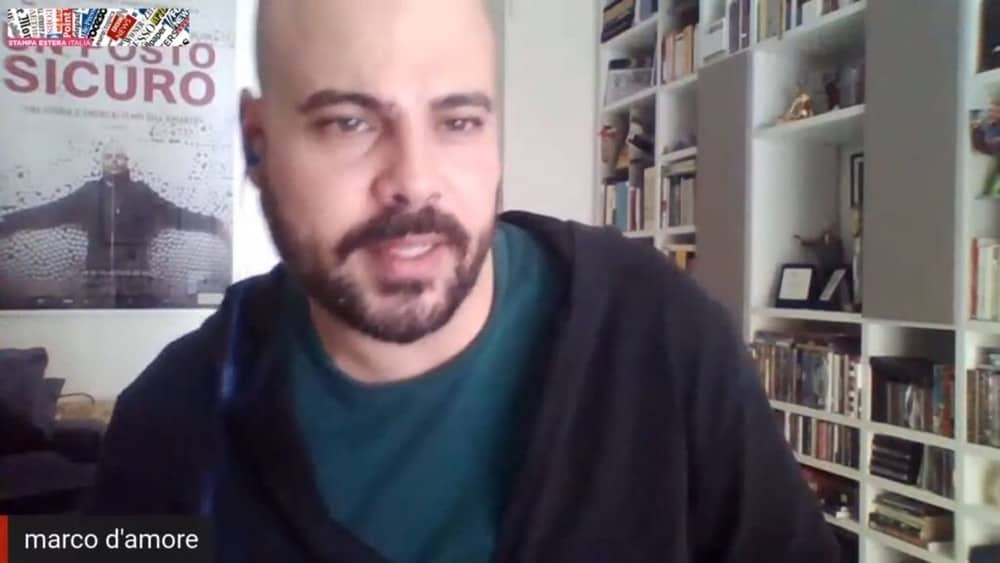
Thanks to Saviano, the world knows about the Naples Mafia scene. A film, a television series under the same name and spin offs have gone around the world.
Why should you read Gomorrah by Roberto Saviano?
The evidence that Roberto Saviano is possibly the most influential writer on the Mafia is the fact that since 2006 he has lived under police protection. The book ‘Gomorrah’ (in Italian: Gomorra) is highly recommended because he uses literature and investigative reporting to tell the economic reality of the territory and the business of organized crime, in particular the Camorra.
4. Anna Sergi and Anita Lavorgna, ‘Ndrangheta. The Glocal Dimensions of the Most Powerful Italian Mafia (2016)
Remarkably few books exist on the ‘Ndrangheta, that in itself is curious. This light academic book by two Italian professors in Criminology is, moreover, the only book of interest published in the English language.
The drug trade in particular is a lucrative business for the ‘Ndrangheta. It is precisely in this sector that the ‘Ndrangheta has the upper hand. The Calabrese have posted their own people in Colombia to keep an eye on the coca harvest and cocaine production. Because the lines of communication between Colombians and Calabrese are short and there appears to be a great deal of mutual trust, the ‘Ndrangheta is able to keep the price low. The prestige of the ‘ndrangheta is very high in South America. Once a mafia boss from Palermo was not trusted by the Colombians and was kidnapped. The ‘Ndrangheta had to be called in to free the Sicilian.
‘Ndrangheta clans today are present in Spain, France. Belgium, the Netherlands, Germany, Switzerland, Canada, the USA, Colombia and Australia. Europol notices how consolidated and better integrated immigrant communities of Calabrians all over the world provided fertile ground for external offshoots of the criminal organisation.
The reason the ‘Ndrangheta is so powerful has to do with the structure of this criminal organisation. It is made up of several families, each of which can comprise up to 200 people and all of which have blood ties to each other in one way or another. The Sicilian mafia is also made up of families, but the family members are not necessarily related to each other.
Italy’s largest mafia trial
The family structure of the ‘Ndrangheta preserves the tendency of family members of letting the cat out of the bag. The number of pentiti, or former clan members who cooperate with the justice system, is much smaller in Calabria than in Sicily. Since the 1990s, around 250 mafiosi have cooperated with the authorities on the island. In Calabria, only 40 have opened their mouths since then. The police are therefore poorly informed about the organisation of the ‘Ndrangheta. However, in January 2021, Italy’s largest mafia trial in three decades has begun, with 900 witnesses testifying against more than 350 people, including politicians and officials charged with being members of the powerful ’Ndrangheta.
What is known is that the ‘Ndrangheta controls the cocaine trade in Europe. From Calabria the drugs find their way to Western Europe. This is illustrated by the regular drug seizure in Gioia Tauro.
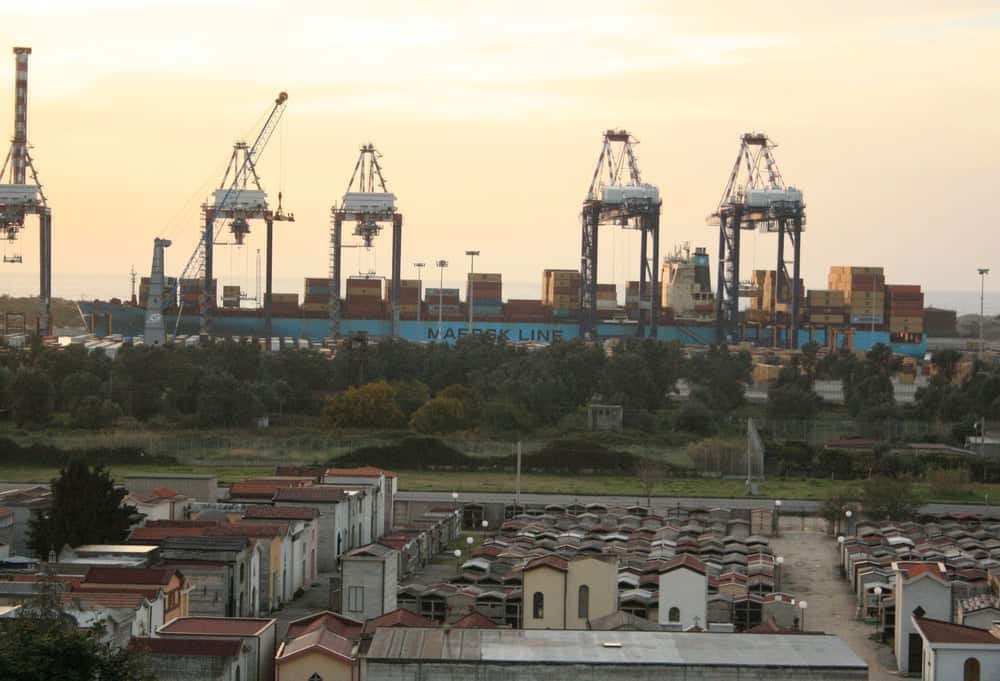
It also shows the role of the small container port of Gioia Tauro, which I visited a few years ago. It is very isolated port, and rather small with no more than 10 cranes. Right next to the harbour, inland, is a cemetery, one of those typical Italian with concrete house-like tombs. It has something eerie about it. As if all the drug-related deaths lie here, like a Normandy cemetery after D Day. Sergi and Lavorgna write about Gioia Taura:
Through the Porto of Gioia Tauro goes at least half of the cocaine imported to Italy, according to the National Antimafia Directorate. Cocaine is transported in various ways, such as inside eggs swallowed by humans or animals or in vacuum sealed package inside elastic bands carried by couriers, or in liquid forms in fake whiskey bottles.
Why should you read ‘Ndrangheta by Anna Sergi and Anita Lavorgna?
This book by two Italian academics employed by British universities is one of the few readable overviews of the ‘Ndrangheta, the most dangerous Mafia, but also one of the least known mafias in the world.
Okay, this is it. I’ll put a stop to this now. Otherwise, this post will become another book. And that is unnecessary as the four Italian Mafia books I have mentioned already cover the subject pretty well.
Now below are a few questions and answers, if you don’t want to go through the entire text above. I’ll outline the main points.
What are the best Italian mafia books?
1. John Dickie, Mafia Republic
2. Salvatore Lupo, History of the Mafia
3. Roberto Saviano, Gomorrah
4. Anna Sergi and Anita Lavorgna, ‘Ndrangheta
How much money does the Italian mafia make?
Every year, the Italian mafias turn over around 200 billion euros in Italy alone. That is equivalent to 15% to 20% of the entire gross domestic product of Italy, a G7 country. Source is the Chair of Economic Analysis of Crime of Bocconi University.
How many mafias are there in Italy?
The three Italian Mafia organisations are: the Sicilian Mafia aka Cosa Nostra (the world’s first mafia organisation), the ‘Ndrangheta from Calabria and the Camorra from Naples and surroundings. Experts disagree on whether the Sacra Corona Unita (Puglia) should be seen as a fourth mafia.
What is the biggest mafia in Italy?
The ‘Ndrangheta is the most powerful Italian mafia organisation. According to the National Antimafia Directorate (February 2021) this organisation maintains firmly its leadership in major drug trafficking. The pandemic emergency has not in any way slowed it down. The strengths of the ‘Ndrangheta is “its ability to weave direct links and criminal collaborations with any type of interlocutor: politicians, members of institutions, entrepreneurs, professionals”.

